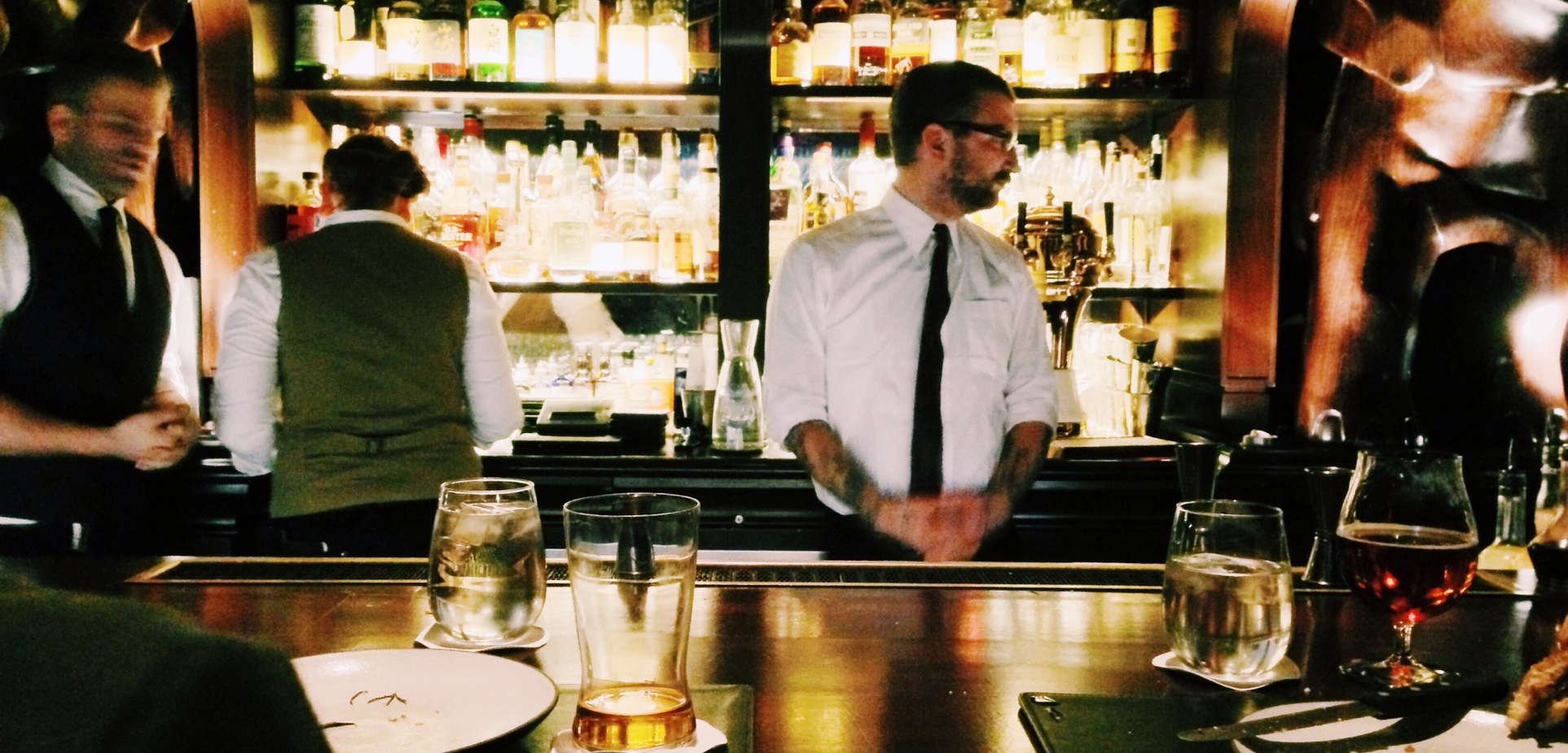Whiskey is once again King of American spirits, already surpassing Vodka in terms of revenue and forecasted to surpass it in volume sold within two years. Its ascent has been staggering. In 2014, US whiskey sales rose 7.4%; last year sales rose another 8%. It is now responsible for over 30% of US spirit sales, generating $2.1 billion over a recent 52-week period. According to one brand consultant, “Whiskey is on the verge of becoming the go to drink for this generation.”
You Are What You Drink?
The youthful drivers of whiskey’s resurgence find it fits well with their self-perceptions as unique explorers and discerning status seekers. More varied in its natural flavor than vodka and other white spirits, whiskey is also more rooted in American nostalgia and popular culture than tequila, vodka and rum. In addition, consumers ages 18-35 reported seeing whiskey as “dynamic and different.”
Even more telling, when asked to associate whiskey with famous brands, 18-35 year-old consumers said Polaroid while their 35+ counterparts said Dockers. The difference between Polaroid and Dockers is a difference between retro and just plain old—youthful imbibers see whiskey as a delightful flashback full of possibilities, not a cookie-cutter mainstay. This speaks volumes about the perceptions driving this craze.
The Economic Bottom Line
After the 2008 recession, consumers gravitated towards spirits because, frankly, liquor offered more buzz for your buck. For younger consumers, unemployment has remained frightfully high and those employed make significantly less than previous generations. Also, when they do spend their money, youthful consumers have proven more concerned about health and moderation, souring sales of calorie-laden beer.
As cash and calorie conscious consumers moved towards the hard stuff, restaurants and manufacturers happily accommodated. Still cash-conscious but not willing to forsake taste or quality, millennials see drinking as a special night out with craft cocktails, not a nightly habit replete with generic grain alcohol and binge-drinkable beer.
The New Old-Fashioned

Fireball carried whiskey to its current position, no doubt. But if the repurposed schnapps led the whiskey charge two years ago, these days it is the Old-Fashioned, or more accurately, infinite new-fangled Old-Fashioneds.
Adaptable to a wide spectrum of tastes along the bitter-sweet axis, and only enhanced by premium, small batch brands favored by youthful consumers, the Old-Fashioned proves a classic mainstay drink that can provide a new adventure each time. Whereas Fireball masked its whiskey flavor with an overload of sugary, spicy cinnamon, the Old-Fashioned celebrates its nuances, and is adaptable and customizable. Much like millennials see themselves.
I’ll Have Another: The Future Drinker
If somebody claims to know America’s future drinking habits, he’s likely had a few too many. While some research suggests millennials will moderate and abstain at rates greater than their forbearers, others tell us that millennials will soon account for more than half the wine consumed and stress drink at sometimes alarming rates. Yet others tell us it is all moot as cannabis legalization will cripple the market in just a few years.
This unpredictability alone is enough to drive manufacturers to drink. But in the meantime, tequila and rum producers are strapping in to ride the batch cocktail craze while Budweiser is getting crafty. And whiskey continues to look neat.


